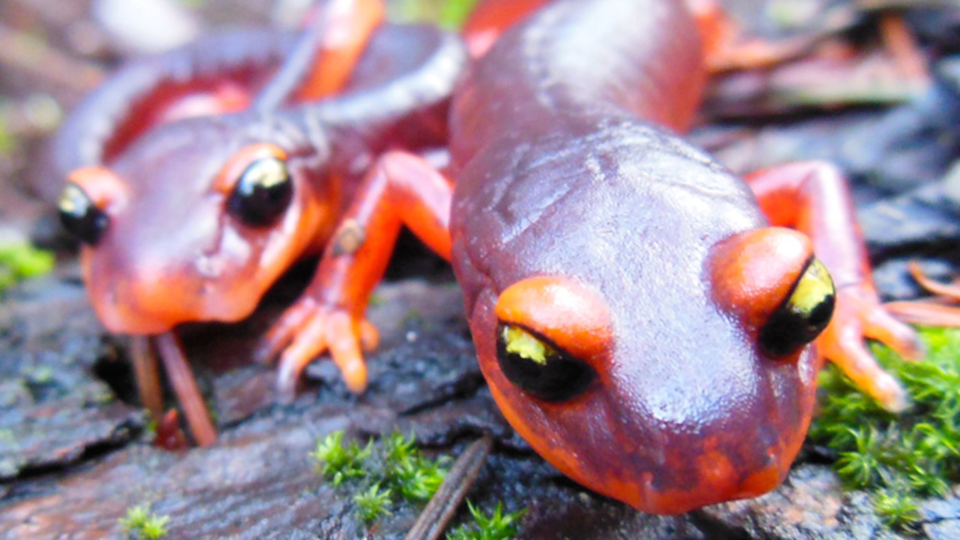Science News
Monday Bites

Cleaning up the Garbage Patch
“The trawls we did found little marine life, but lots and lots of plastic… I would say that we had hundreds of times more plastics than organisms on our catch.” That’s Julia Reisser, quoted in SFGate yesterday. She and her crew docked in San Francisco loaded down with plastic samples from the Great Pacific Garbage Patch in the northern Pacific Ocean cluttered with plastic debris about twice the size of Texas, by some estimates.
The plastic-finding expedition was initiated by Ocean Cleanup, an organization founded by Boyan Slat, a college drop-out who has made removing plastics from the ocean his life’s mission. Slat envisions “using long-distance floating barriers that will attach to the seabed with an anchoring system used by oil-drilling rigs. The devices will target ocean currents full of waste and skim garbage from the surface while aquatic life and the currents themselves pass underneath,” according to US News & World Report. His plan has raised over two million dollars, and Slat hopes to be in operation in the next few years. For more information, including a TED Talk describing his proposal, click here.
Saving salamanders by banning them
Earlier this year, we released our Saving Salamanders video about a fungus killing salamanders in Europe. The fear is that it could easily spread to the U.S. and North America—and the incredibly diverse and abundant salamander population here—through the pet trade. Late last month, a group of local scientists published a paper Science urging a ban on importing exotic salamanders to the U.S. These non-native species could already carry the fungus which could easily spread to wild species throughout the U.S. and Mexico.
The hope is the paper will spur the federal government to act quickly. “There is a lot at stake here if the U.S. Fish and Wildlife Service doesn’t stop imports now to prevent the introduction of this devastating pathogen to North America,” says study co-author Michelle Koo, of UC Berkeley and AmphibiaWeb. The fungus, according to San Francisco State’s Vance Vredenburg, an Academy Fellow and study co-author, “is an imminent threat, and a place where policy could have a very positive effect. We actually have a decent chance of preventing a major catastrophe.”
Image: Ensatina salamander by Tiffany Yap